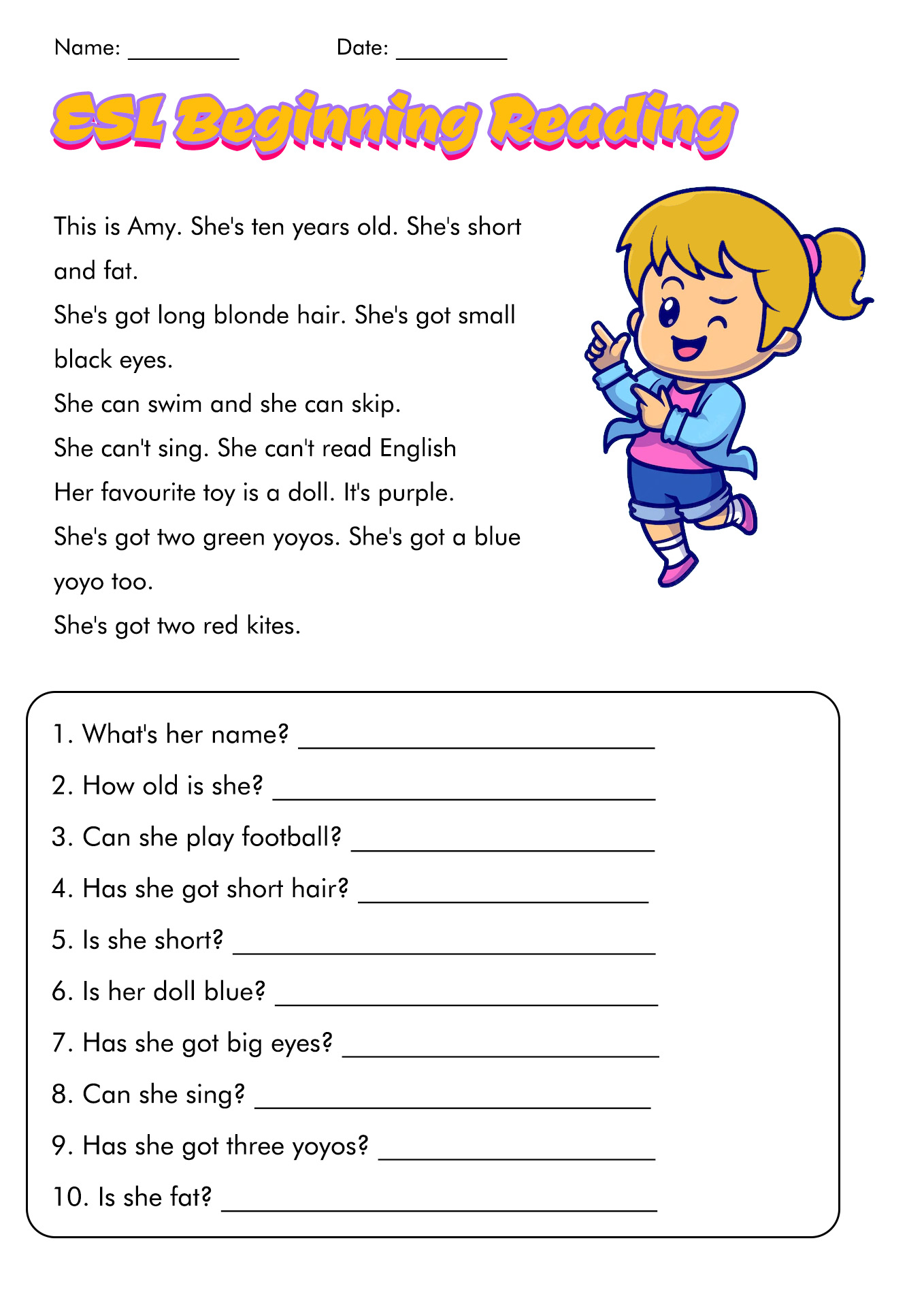
Mastering Comprehension: Engaging Reading Activities for ESL Worksheets
Reading is a cornerstone of language acquisition, providing ESL learners with exposure to new vocabulary, grammatical structures, cultural contexts, and various writing styles. However, simply handing a text to a student and asking them to read is often insufficient for true comprehension and retention, especially for those navigating a new language. This is where well-designed Reading activities for ESL worksheets become invaluable tools. They transform passive reading into an active, engaging, and highly effective learning experience.
This article delves into a comprehensive range of reading activities, categorized by the stages of reading – pre-reading, while-reading, and post-reading – all of which can be seamlessly integrated into ESL worksheets. We will explore how these activities foster deeper understanding, enhance vocabulary, reinforce grammar, and cultivate critical thinking skills, ultimately empowering ESL learners to become confident and proficient readers.
The Power of Well-Designed Worksheets in ESL Reading

Before diving into specific activities, it’s crucial to understand why worksheets are so effective for ESL reading instruction. Worksheets provide:
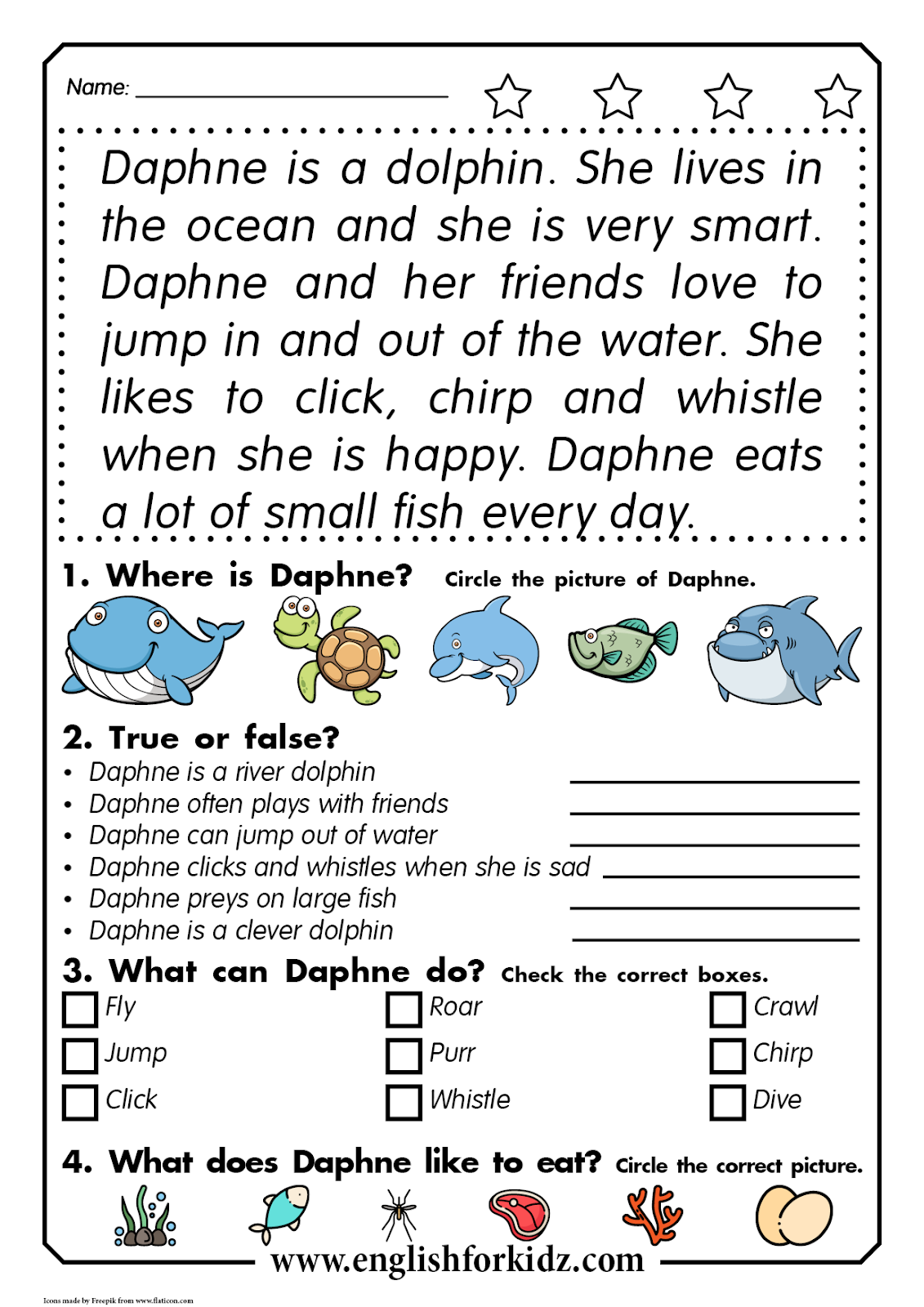
- Structure and Guidance: They break down complex reading tasks into manageable steps.
- Active Engagement: They prompt learners to interact with the text beyond just decoding words.
- Reinforcement and Practice: They offer repeated exposure to new concepts and vocabulary.
- Assessment Opportunities: Teachers can gauge comprehension and identify areas needing further support.
- Differentiation: Activities can be tailored to various proficiency levels within the same classroom.
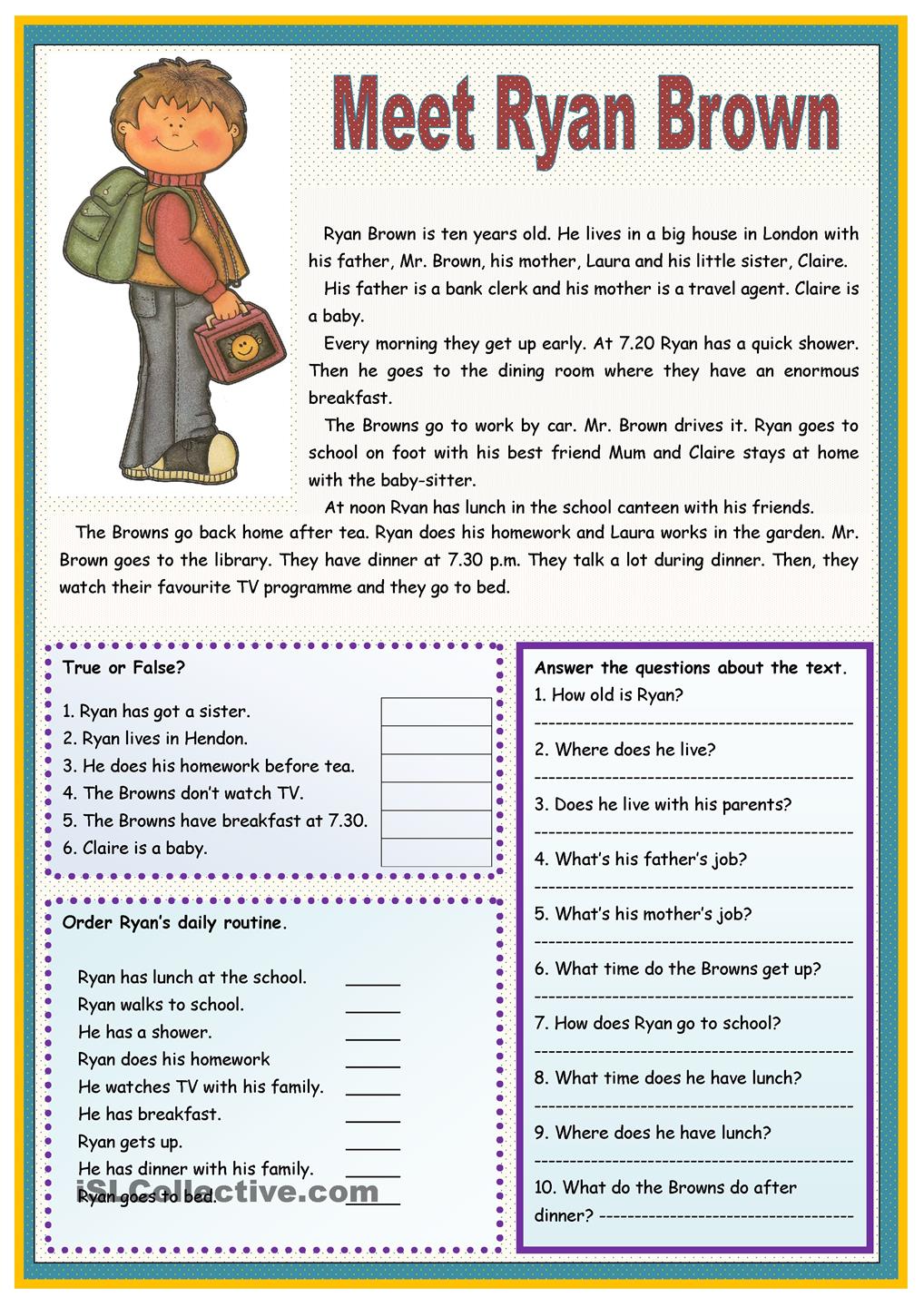

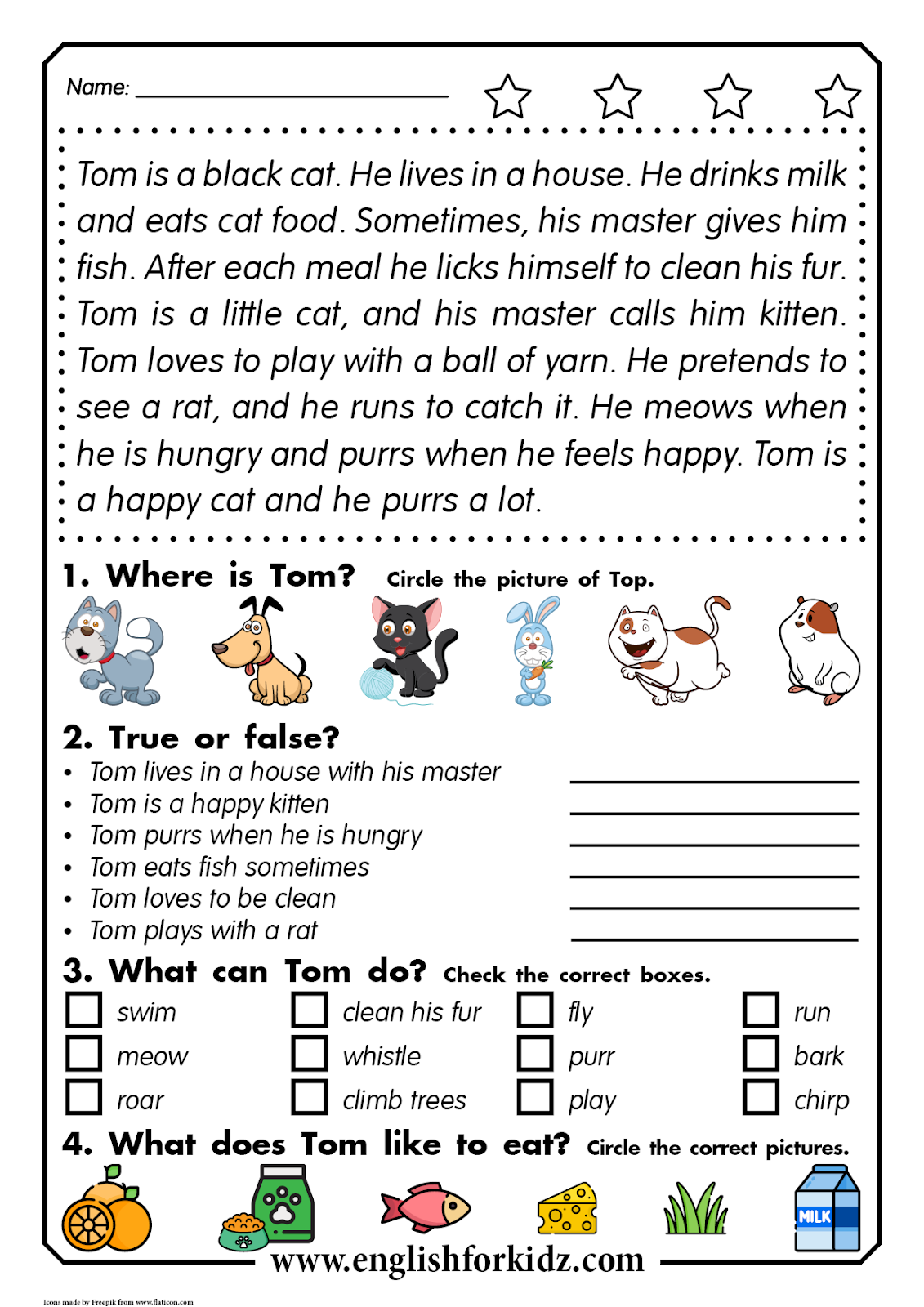
The goal is not merely to fill out a worksheet, but for the worksheet to be a catalyst for meaningful interaction with the text.
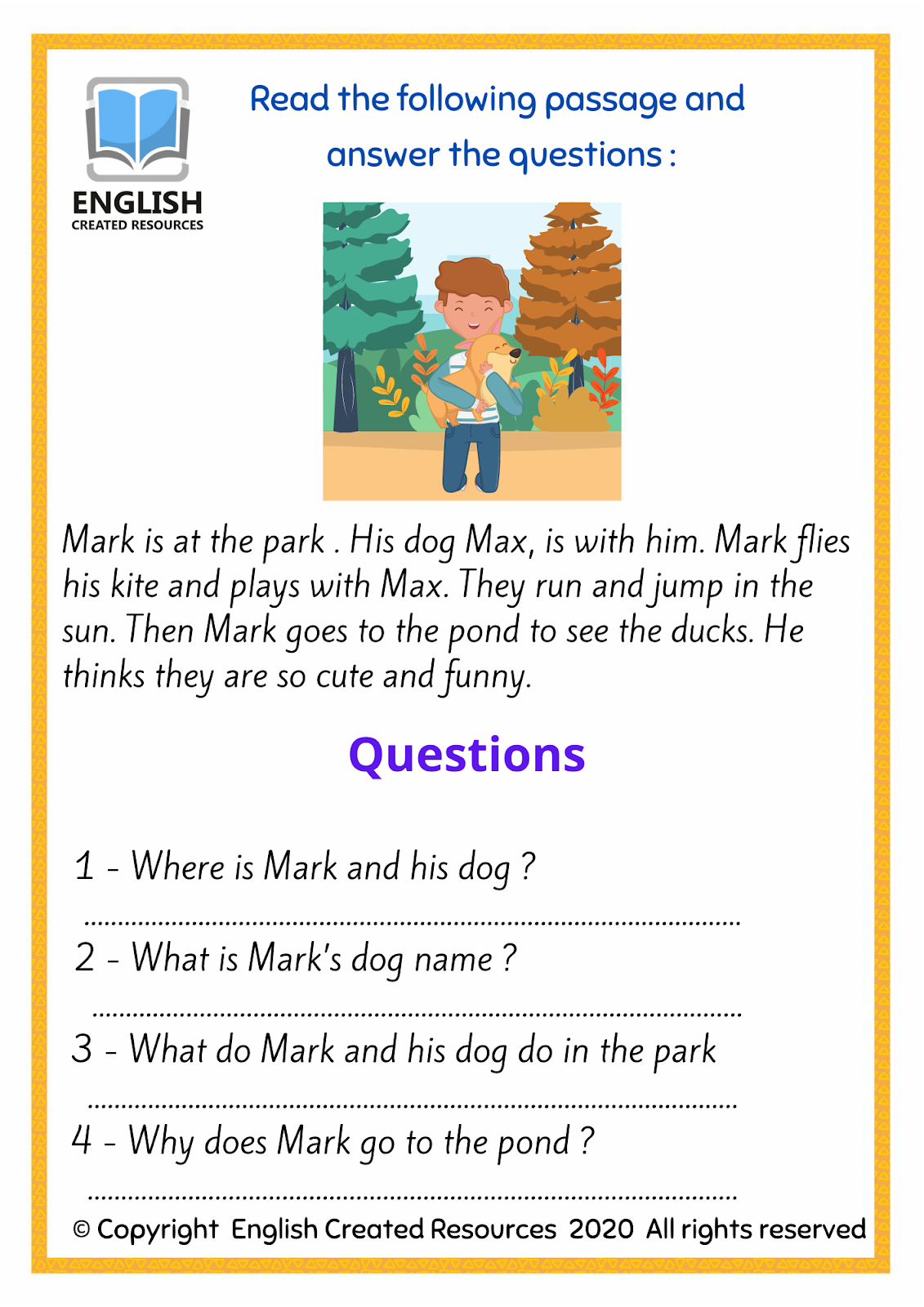
Pre-Reading Activities: Setting the Stage for Success
The journey to effective reading comprehension begins before the student even reads the first word of the text. Pre-reading activities are designed to activate prior knowledge, build context, introduce key vocabulary, and generate interest. They reduce anxiety and prepare the learner’s mind for the information to come.
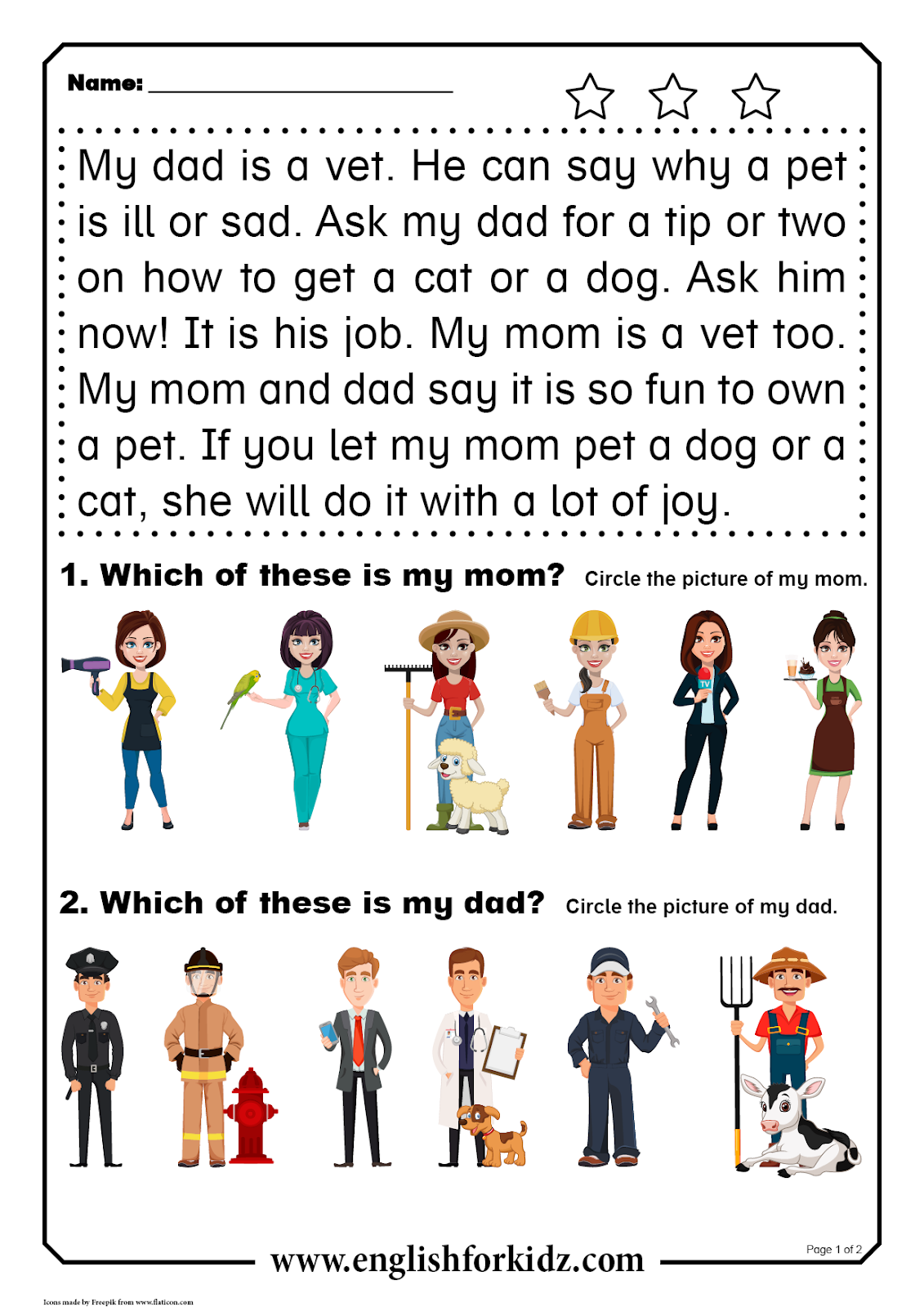
Here are some essential pre-reading Reading activities for ESL worksheets:
-
Vocabulary Prediction and Matching:
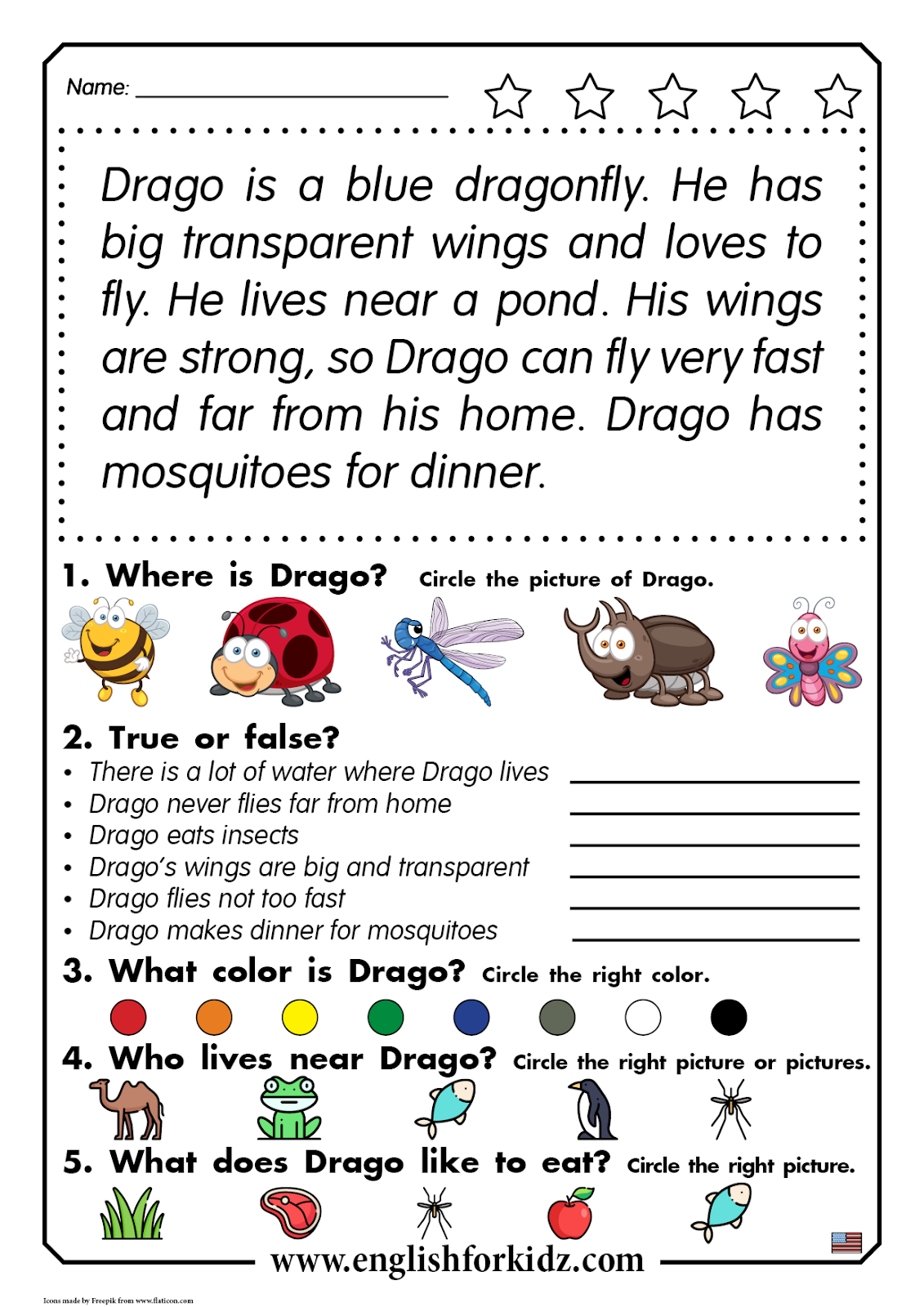
- Activity: Provide a list of key vocabulary words from the text. Students predict their meanings based on context (if a sentence is provided) or match them to definitions/synonyms provided on the worksheet.
- Worksheet Integration: A two-column matching exercise, fill-in-the-blank sentences using the vocabulary, or a word cloud where students circle words they know and guess others.
- Benefit: Reduces the cognitive load during reading by front-loading unfamiliar terms.
-
Brainstorming and KWL Charts:
- Activity: Before reading about a topic (e.g., "The Rainforest"), students brainstorm everything they Know about it, what they Want to know, and later, what they Learned (post-reading).
- Worksheet Integration: A structured KWL chart with three columns. Students fill in K and W before reading.
- Benefit: Activates existing schema, connects new information to prior knowledge, and sets a purpose for reading.
-
Image Analysis and Prediction:
- Activity: If the text has accompanying images, students analyze them and predict what the text will be about, what characters might appear, or what events might unfold.
- Worksheet Integration: Provide the image and open-ended questions like "What do you see in this picture?" "What do you think will happen in the story?" "What kind of text do you think this is (fiction, non-fiction, poem)?"
- Benefit: Engages visual learners, sparks curiosity, and helps build initial context.
-
Anticipation Guides:
- Activity: Present a series of statements related to the text’s themes or content. Students indicate whether they agree or disagree with each statement before reading. They revisit these statements after reading to see if their opinions changed based on the text.
- Worksheet Integration: A list of statements with "Agree/Disagree" columns. A third column can be added for "Evidence from Text" after reading.
- Benefit: Promotes critical thinking, encourages reflection, and connects the text to students’ own beliefs.
-
Pre-reading Questions/Discussion Prompts:
- Activity: Pose open-ended questions that lead students to think about the topic, their experiences, or relevant concepts before reading.
- Worksheet Integration: A list of questions that students can answer individually or in pairs before a class discussion.
- Benefit: Generates interest, activates personal connections, and prepares students for the text’s content.

While-Reading Activities: Guiding Comprehension and Engagement
Once students begin reading, while-reading activities ensure they are actively processing the information, not just passively scanning words. These activities guide comprehension, help identify main ideas, and encourage interaction with the text’s details.
Effective Reading activities for ESL worksheets for the while-reading stage include:
-
Main Idea and Detail Extraction:
- Activity: Students identify the main idea of each paragraph or section and list supporting details.
- Worksheet Integration: A graphic organizer with boxes for "Paragraph/Section Number," "Main Idea," and "Key Details."
- Benefit: Teaches students to distinguish between primary and secondary information, a crucial comprehension skill.
-
Sequencing Events:
- Activity: For narrative texts, students identify and order the key events as they occur.
- Worksheet Integration: A timeline template, cut-and-paste strips of events to reorder, or fill-in-the-blanks with ordinal numbers (first, next, then).
- Benefit: Improves understanding of plot structure and chronological order.
-
Character Analysis Charts:
- Activity: Students track information about characters, such as their traits, motivations, relationships, and development throughout the story.
- Worksheet Integration: A chart with columns for "Character Name," "Physical Description," "Personality Traits," "Actions," and "Significance."
- Benefit: Encourages deeper analysis of character roles and development.
-
Inference Questions:
- Activity: Questions that require students to "read between the lines" and draw conclusions based on textual evidence, rather than explicit statements.
- Worksheet Integration: "Why do you think [character] did that?" "What can you infer about [setting]?" "What does [phrase] suggest about [situation]?" with a space for "Evidence from text."
- Benefit: Develops higher-order thinking skills and critical analysis.
-
Vocabulary in Context:
- Activity: Students identify unfamiliar words and use context clues within the text to deduce their meaning.
- Worksheet Integration: A table with columns for "New Word," "Sentence from Text," "My Guess (based on context)," and "Dictionary Definition (after checking)."
- Benefit: Builds independent vocabulary acquisition strategies.
-
Graphic Organizers (e.g., Venn Diagrams, Cause and Effect, Compare/Contrast):
- Activity: Students use visual organizers to structure information from the text.
- Worksheet Integration: Pre-drawn templates for comparing two concepts (Venn diagram), showing a sequence of events (flowchart), or illustrating cause-and-effect relationships.
- Benefit: Helps visualize relationships between ideas, making complex information more accessible.
Post-Reading Activities: Consolidating and Extending Learning
The work doesn’t stop once the text is finished. Post-reading activities are vital for consolidating comprehension, extending learning, encouraging critical thinking, and providing opportunities for productive output (speaking, writing).
Here are some dynamic post-reading Reading activities for ESL worksheets:
-
Summarization:
- Activity: Students condense the main ideas of the text into a shorter format. This can be a paragraph, a bulleted list, or a "tweet-sized" summary.
- Worksheet Integration: A blank space for writing a summary, guided prompts (e.g., "In three sentences, explain what the article was about."), or a graphic organizer requiring main idea and supporting details.
- Benefit: Requires students to synthesize information and identify core concepts.
-
Discussion Prompts and Questionnaires:
- Activity: Students respond to open-ended questions that encourage critical thinking, personal reflection, and debate related to the text.
- Worksheet Integration: A list of questions (e.g., "Do you agree with the author’s point of view?" "What was the most surprising thing you learned?") for individual written responses, which can then lead to group discussion.
- Benefit: Deepens comprehension and promotes verbal fluency.
-
Creative Writing/Response:
- Activity: Students use the text as a springboard for creative expression, such as writing an alternative ending, a character’s diary entry, a letter to the author, or a poem inspired by the themes.
- Worksheet Integration: Specific prompts (e.g., "Write a short paragraph from [character’s] perspective after [event].") with ample space for writing.
- Benefit: Fosters imagination, reinforces vocabulary, and allows for personalized engagement with the material.
-
Debate or Role-Playing Scenarios:
- Activity: Based on a controversial topic or character conflict in the text, students prepare arguments for a debate or act out scenes.
- Worksheet Integration: A worksheet for outlining arguments (for/against), character profiles for role-play, or scenario descriptions.
- Benefit: Enhances critical thinking, persuasive language skills, and public speaking.
-
Research Tasks/Extension Activities:
- Activity: Students research related topics, current events, or background information mentioned in the text.
- Worksheet Integration: Questions that require external research, prompts to find more information on a specific topic, or a mini-project outline related to the text.
- Benefit: Encourages independent learning and broadens general knowledge.
-
Vocabulary Application:
- Activity: Students use the newly learned vocabulary words in original sentences, short paragraphs, or dialogues.
- Worksheet Integration: A list of target words with space for creating sentences, or a short writing prompt that requires the use of specific vocabulary.
- Benefit: Solidifies vocabulary acquisition by moving words from passive recognition to active production.
Designing Effective ESL Reading Worksheets
Beyond the activities themselves, the design of the worksheet plays a crucial role in its effectiveness.
- Clarity and Simplicity: Instructions must be clear, concise, and easy for ESL learners to understand. Use simple language and provide examples.
- Varied Task Types: Mix and match different activity formats (matching, fill-in-the-blank, open-ended questions, graphic organizers) to keep students engaged and cater to different learning styles.
- Appropriate Scaffolding: Provide support as needed. For lower levels, offer word banks, sentence starters, or fewer choices. For higher levels, provide more challenging questions and open-ended tasks.
- Visual Appeal: Use clear fonts, appropriate spacing, and relevant images to make the worksheet inviting and less overwhelming.
- Differentiation: Create multiple versions of the same worksheet with varying levels of difficulty to accommodate diverse needs within a classroom.
- Authenticity: Whenever possible, use authentic or semi-authentic texts that are relevant and engaging to students’ interests.
- Clear Instructions: Number tasks clearly and use action verbs (e.g., "Match," "Write," "Circle").
Conclusion
Effective reading comprehension is a journey, not a destination, and for ESL learners, it requires deliberate guidance and consistent practice. Well-crafted Reading activities for ESL worksheets are indispensable tools in this journey. By strategically implementing pre-reading, while-reading, and post-reading activities, educators can transform reading from a daunting task into an interactive and rewarding experience.
These diverse Reading activities for ESL worksheets not only enhance vocabulary and grammar but also cultivate critical thinking, analytical skills, and a genuine appreciation for the written word. Ultimately, they empower ESL students to navigate texts with confidence, unlocking a world of knowledge and communication possibilities. Teachers who invest time in designing and utilizing these engaging worksheets will undoubtedly see significant progress in their students’ reading proficiency and overall language development.
